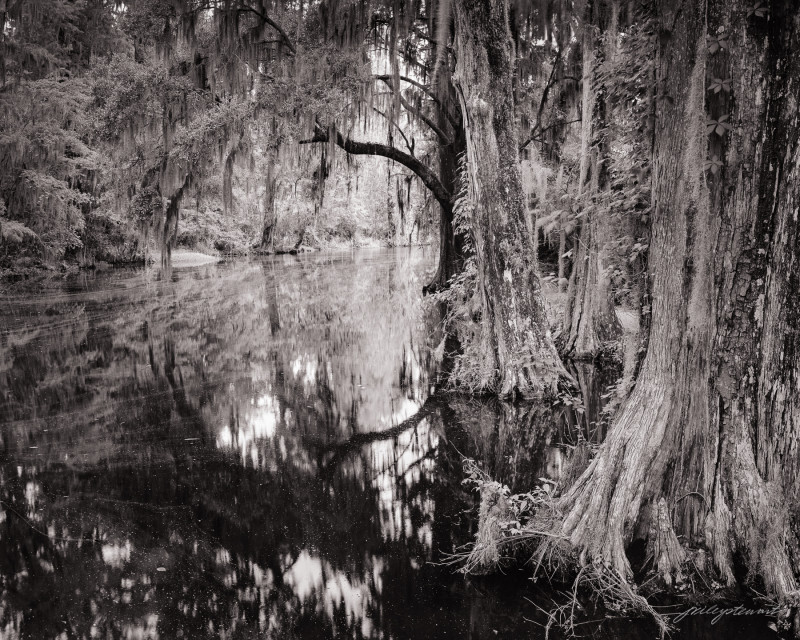
If you still shoot film, what would you do if, for some reason, its supply suddenly dried up? What if film was no longer available at any price?
I know it’s a small possibility, at least in the mid-term, but…. what if?
To most photographers–amateur or professional–this is a moot point. They’ve already turned to digital capture, and most likely don’t care about the availability of film. It’s that very phenomenon that has drastically reduced the supply of film over the past 20 years. Sure, we can still buy film in almost all formats, but the number of brands and types of film is nothing like it was in the past, and those films still available costs us a lot more. But I should add, the modern films available today are exquisite and well-worth the cost.
I still shoot film, mostly large format 4×5 and 120 in both B&W and color. The biggest reason I use film is that it gives me “a look” that isn’t yet possible with digital capture, especially when my goal is to make larger scale photographic prints, i.e., anything larger than 16×20 inches. Film capture enables large prints that are alive with delicate details and textures and tones; prints that make you want to step into them and explore.
So what’s a guy to do if a precious resource behind his passion dries up? I plan to be making pictures for the next 20-30 years, and there’s no guarantee that film will be accessible during that span of time given the direction analog photography is going. Will I have to step into the 21st Century “digital” age?
I think I’ll do just the opposite. Before the digital revolution, and even before Kodak’s release of the first “Brownie” camera in 1900, people were making exquisite photographic prints from wet plates, dry plates, tin-types, and paper negatives printed on albumen-, silver gelatin-, and platinum-coated papers. The earliest photographic processes didn’t require manufactured film to produce beautiful photographs.
All these old processes excite me much more than bits and bytes. Sure, some of my excitement relates to the craft involved with these processes (the “magic” once associated with photography), but most of it relates to the aesthetics of the resulting prints, which we can still see in many of our finest art museums 150 years after they were made.
In fact, I may not wait for the disappearance of film, even if it never comes. If Mathew Brady could do it, so can I.
